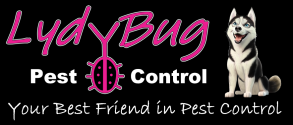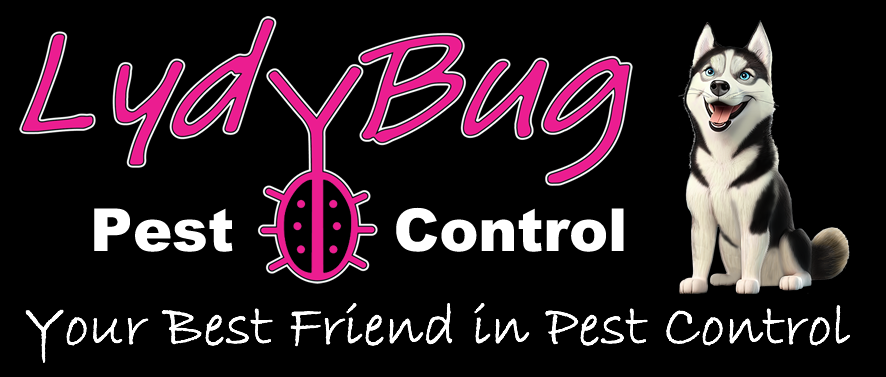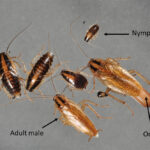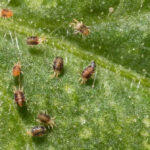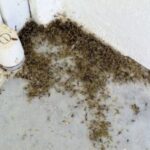Spider mites are tiny creatures with a big impact. These minuscule arachnids, part of the Tetranychidae family, are known for their rapid reproduction and ability to cause damage to a variety of plants. In this blog, we’ll dive into the world of spider mites, exploring their characteristics, the damage they can cause, and ways to manage them in your garden or home.
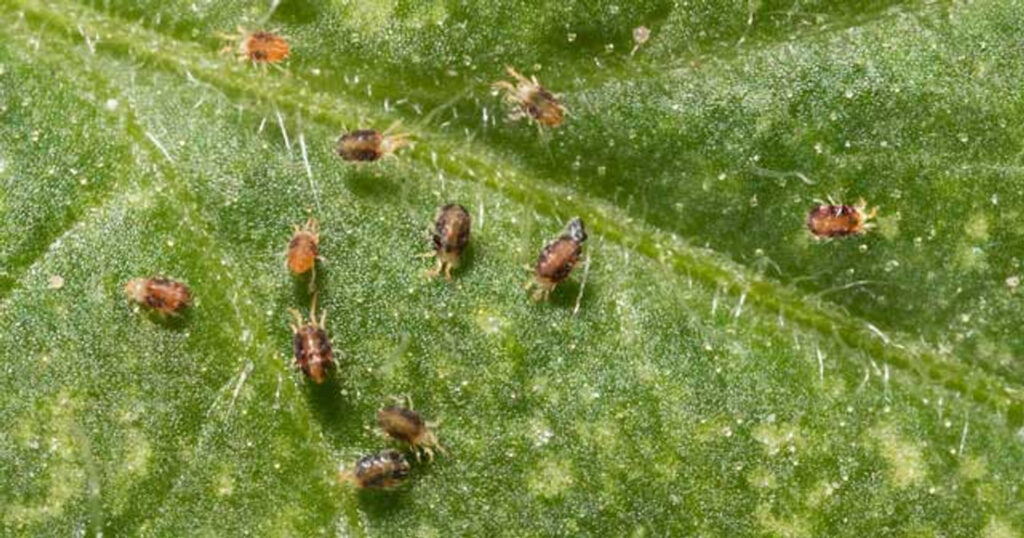
Characteristics of Spider Mites
Spider mites are incredibly small, often less than 1 millimeter long, making them difficult to see with the naked eye. They typically have an oval-shaped body and eight legs, like other arachnids. Most spider mites are green, yellow, red, or brown, which can make them blend in with their surroundings.
These pests feed on plant sap by piercing the plant cells with their mouthparts and extracting nutrients. This feeding behavior can weaken plants and cause a range of symptoms, including stippling (small, pale dots on leaves), bronzing, and leaf drop.
Signs of Spider Mite Infestation
Detecting spider mites can be challenging due to their small size, but there are a few key signs to watch out for:
- Webbing: Spider mites produce fine, silken webs on plants, particularly on the undersides of leaves and around the plant’s joints. The webs can be especially visible in sunlight.
- Discoloration: Leaves may develop yellow, brown, or white spots due to the mites feeding on the plant’s sap.
- Stunted Growth: Spider mites can cause plants to grow more slowly or produce fewer leaves and flowers.
- Leaf Drop: In severe infestations, leaves may dry up and fall off.
Managing Spider Mites
Managing a spider mite infestation requires a combination of cultural practices, biological controls, and, in some cases, chemical treatments. Here are some strategies to help control spider mites:
- Keep Plants Healthy: Healthy plants are more resistant to pests. Ensure your plants receive proper watering, sunlight, and nutrients.
- Increase Humidity: Spider mites thrive in dry environments, so increasing humidity can discourage them. Mist plants regularly or use a humidifier.
- Regular Inspections: Check your plants regularly, especially the undersides of leaves, for signs of mites.
- Biological Control: Predatory mites, such as Phytoseiulus persimilis, are natural enemies of spider mites and can help keep populations in check.
- Pruning: Remove heavily infested leaves and dispose of them carefully.
- Insecticidal Soap: If non-chemical methods are not enough, consider using insecticidal soap or horticultural oil to control spider mites. Follow the label instructions carefully.
- Chemical Treatments: As a last resort, miticides can be used, but be cautious as they can also harm beneficial insects. Always follow the label instructions and safety precautions.
Conclusion
Spider mites can be challenging pests to deal with, but with vigilance and the right approach, you can manage and minimize their impact on your plants. By keeping an eye out for the signs of infestation and using a combination of cultural, biological, and chemical controls, you can keep your garden or indoor plants healthy and thriving. If you’re unsure if your garden or plants are struggling with a spider mite infestation, reach out to LydyBug Pest Control today!
